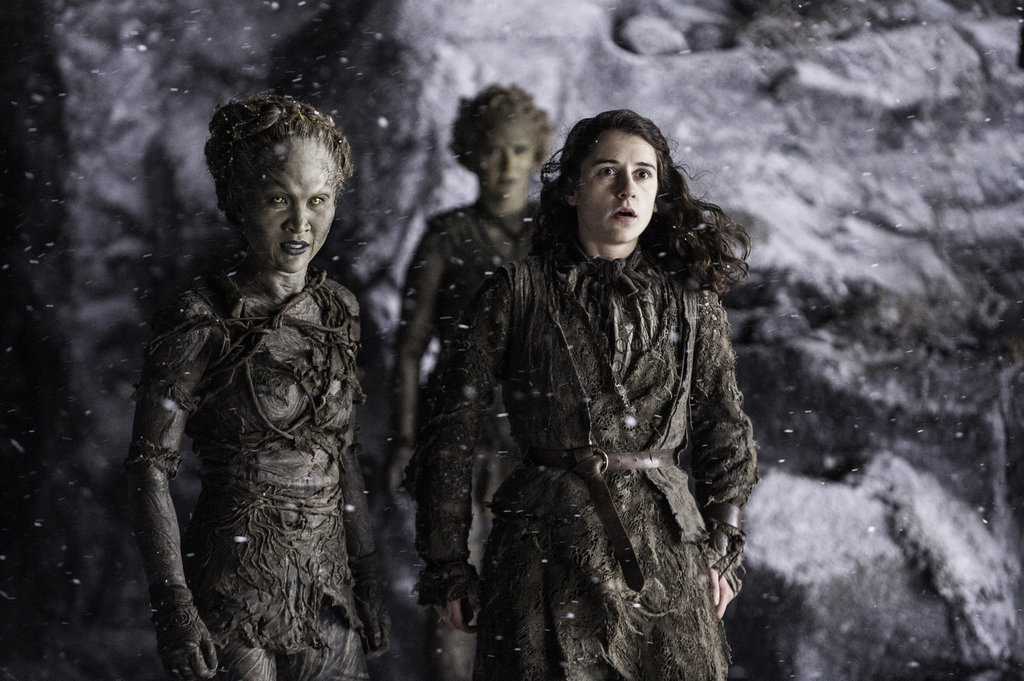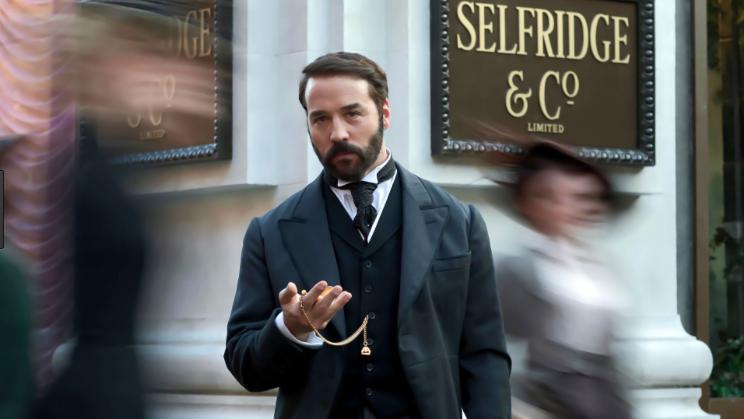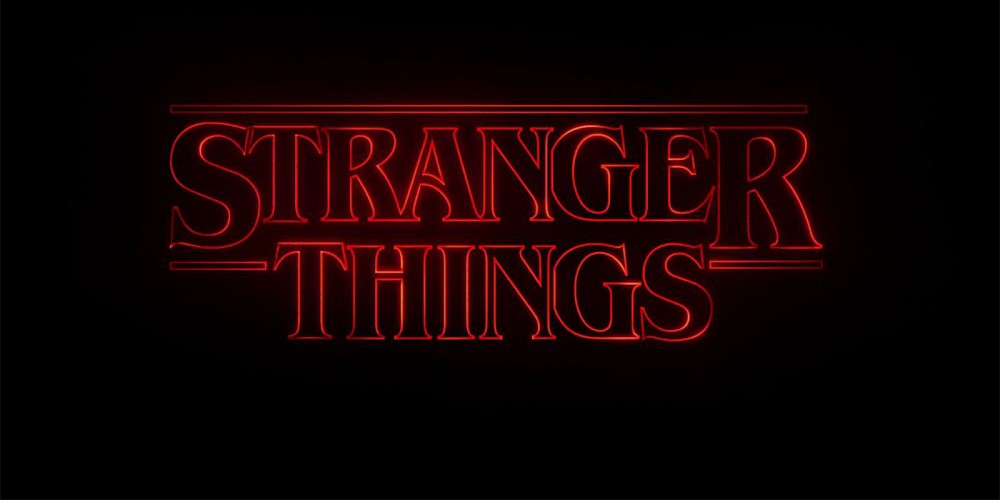“GoT” is superior to A Song of Ice and Fire. This is not unusual. “Dexter” was better than the Dexter books. Ditto for “True Blood” and The Southern Vampire Mysteries. Bookworms are probably rolling their eyes. But again, the caliber that prefer the above novels have such minds for convolution and absurdity that it’s intimidating. Oh sure, there’s allegory there. There’s substance. It just takes a room full of TV writing vets to hone and massage it.
Premium TV has a habit of elevating pulp…or in the case of A Song of Ice and Fire, seeing what pulp is available. Let’s take a quick second and compare “GoT” screen time with the prose of A Song of Ice and Fire. And no, not the characters’ screen time. Instead, let’s examine the attention each series puts on food. For all his love history, or because of it, G.R.R. Martin is a man of the flesh.
Food: The True Smut of A Song of Ice and Fire
A Song of Ice and Fire features lavish descriptions of sex, architecture, and edibles. So do plenty of books -but not in equal measure. Truly, G.R.R. Martin’s dedication to food borders on obsessive. It works as a motif for something like Eco’s The Prague Cemetery. However, there’s no indication the turnip mash and other dishes in A Song of Ice and Fire merit the page space.
Granted, G.R.R. Martin’s food descriptions are world building. He is something of a history whore too. Those descriptive studies of pheasant and honey cream are probably the most authentic around. And that’s not a bust on his waistline. I’m sure there’s a blogger out there with one smaller than a supermodel’s also creating A Song of Ice and Fire recipes. That there’s a licensed cookbook is unsurprising.
Glistening boar thigh in the torchlight typically show in appropriate situations. The pages (!) of pageant food and bowls ‘o brown offer serviceable contrast. It’s the sheer amount that makes A Song of Ice and Fire seem the literary equivalent of something like FoodHub.com. It’s a feast for lore crazies. What holds true, always, is that the consistency is scattershot. Even more true, it’s the type of excess that hinders pace.
“Game of Thrones” Tightens the Story
If HBO elevates TV then “GoT” is an effort to elevate a genre. Since when has the medium had a healthy respect for the subject matter? And yes, that statement excludes myths like King Arthur. LoTR–style epic fantasy never received TV attention before “Game of Thrones.” The series proves its traditional markets viable, sure. It also proves quality is an important bridge for crossing into new markets.
Each season of “GoT” has ten hours to tell its story. Martin has thousands of pages. It’s testament to his skill that the plot translates so smoothly. Still, “Game of Thrones” cannot afford excess. Food, violence, whatever is in the source material is seriously pared down. Now that’s saying something.

Bad Moments Building to a Glorious Conclusion
Pace may be on “Game of Thrones” side, yes. The show also has its share of bad moments. Topping the list is probably the Sand Snake scenes. Venom odeur is stupid and misogynistic whatever the circus. These are rare in season six, though. Perhaps its greatest offense is screaming elf children being torn to shreds by skeletons that crawl like spiders. Whatever. That’s not pertinent.
What season six truly offers is sublimity. Everything is finally falling into place. We even have an idea for why Hodor (Kristian Nairn) keeps saying his damnable name. There’s no reason to offer spoilers. All that matters is that story is taking some significantly different turns than the books. The conclusions, however, will probably overlap quite a bit.
Martin is a longtime contributor to “GoT.” It’s easy to assume that he himself is running out of patience with A Song of Ice and Fire. 20 years is a long time to develop an alternate universe. It’s been done before…but never with such restraint. Martin is also eclectic. He’s been writing things between each release, that’s for sure. That mentioned, his influence on “GoT” is without question. Why he’s backing away from A Song of Ice and Fire, perhaps, may very well pertain to the audience.
Vicariousness in the Early 21st Century
Hold your breath…A Song of Ice and Fire is a creative expose on the cruelties of a feudal ruling class. Martin being Martin also dedicates a lot of pages to suffering peasants. A Feast for Crows particularly focuses on their plight.
“Game of Thrones” has it easier. Throw in a few images of suffering types and we get the idea. Images are powerful that way. Stories? They can be even more potent. The plot of “GoT” is technically sound. It also sidelines lower class plights…except for slavery. Which, thinking about it, predicates itself upon some wet dream (Emilia Clarke) with silver/blond hair playing abolitionist. WTF?
If that isn’t embarrassing enough, there’s also the new following. “GoT” has forever expanded the horizons of fantasy. That means expanding its fan base as well. But there are also major issues for all the social consciousness the series purports. Namely its scope. Are people analyzing the characters or living through them? Answer that question and you may also answer why Winds of Winter is taking so damn long.




